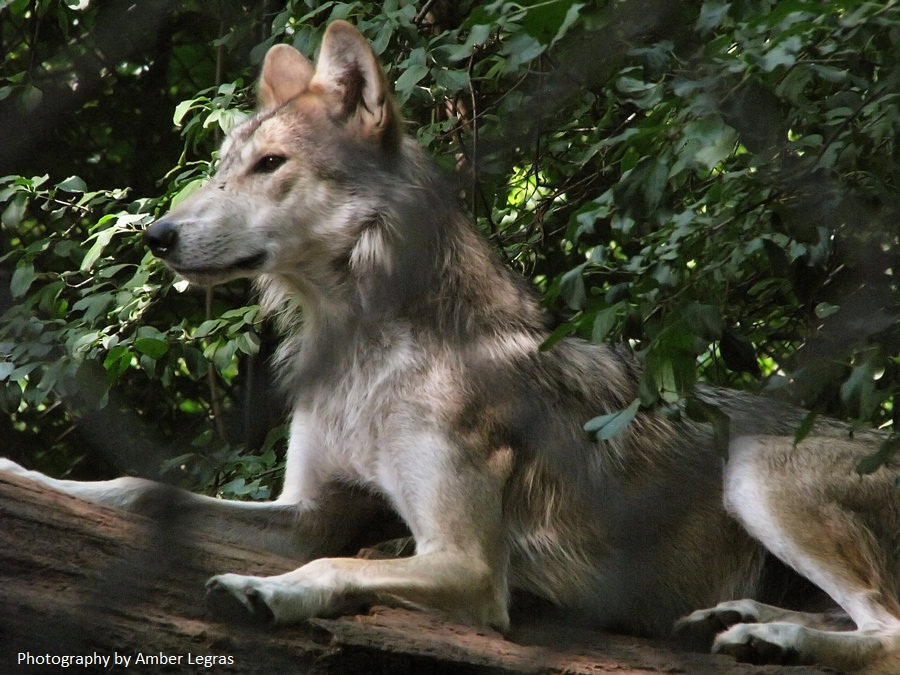03
Apr
In the News: Wolf Haven Celebrates Mexican Gray’s Survival

The Thurston County sanctuary, which is involved in efforts to save the endangered Mexican gray wolf, says there may be a new litter of pups this spring.
TENINO, Thurston County — The staff at a Tenino wolf sanctuary is hoping for pups.
Wolf Haven International representatives do not like to talk about expecting because there is only about a 50 percent chance pups will be born, but a pair of Mexican gray wolves were seen breeding on surveillance tape in February, said Executive Director Diane Gallegos.
The nonprofit this week is commemorating the first captive-born Mexican gray wolves stepping out into the wild in 1998. Wolf Haven’s involvement with the animals dates to 1994 when it was selected to participate in the Species Survival Plan, a recovery program designed to oversee captive-population management and enhance conservation in the wild.
In the mid-1970s, the Mexican gray wolf had nearly disappeared from North America. Five were captured in the wild and two from captivity formed the basis for the genetic restoration.
Since 1994, Wolf Haven has produced five litters of pups and released two packs — 11 wolves — into Arizona’s Apache-Sitgreaves National Forests. Some of the first Mexican wolves to re-enter the wild came from Wolf Haven, one of just three pre-release facilities for the species in the United States.
The public only sees four Mexican grays. The other seven, which could potentially be released back into the wild, are kept from view, and Wolf Haven follows strict guidelines for their care.
“The idea is to prepare them with aversion to humans,” Gallegos said.
Though none of the Mexican gray wolves on site were recommended for release this year, two were approved for breeding.
Only about 75 Mexican gray wolves are now living in the wild, mostly in Arizona and New Mexico, according to spokeswoman Kim Young. About 300 remain in captivity in the U.S. and Mexico.
Young said 37 years after the wolves received protection under the Endangered Species Act, they remain one of the most-imperiled mammals in North America and are the world’s most at-risk subspecies of gray wolf.
The Arizona Game and Fish Commission voted last week to back efforts by Utah and Wyoming lawmakers to remove gray wolves from the endangered species list and drop federal protections.
“The idea of removing them from the endangered species is pretty alarming,” Young said.
******
This story appeared in the Seattle Times on March 28, 2013.
While the news of potential pups is exciting, the possibility of Mexican gray wolves losing Endangered Species protections is alarming. Please click here to write a letter to ask your Congressperson to use their influence to maintain protections for wolves currently protected under the Endangered Species Act!
Talking points and contact information is provided.
Photo credit: Amber Legras



